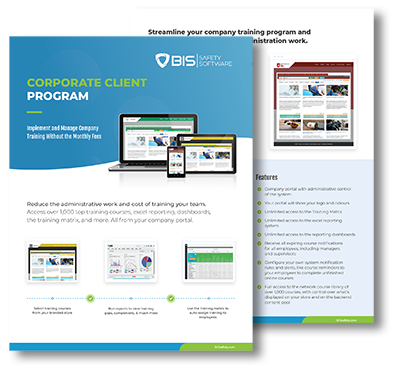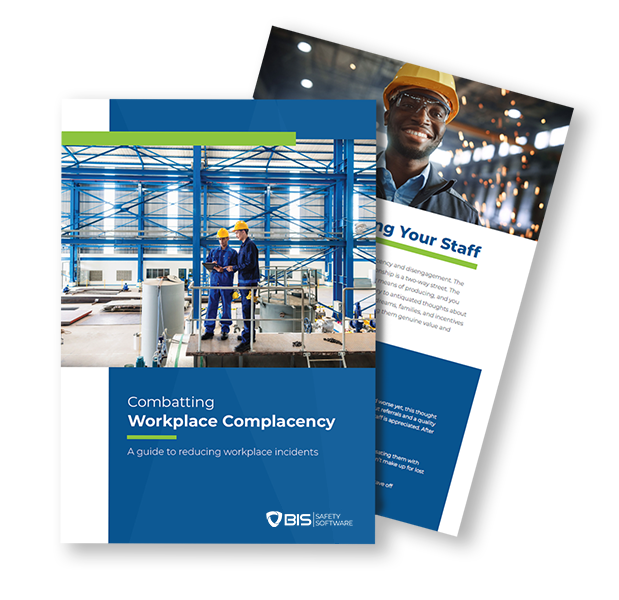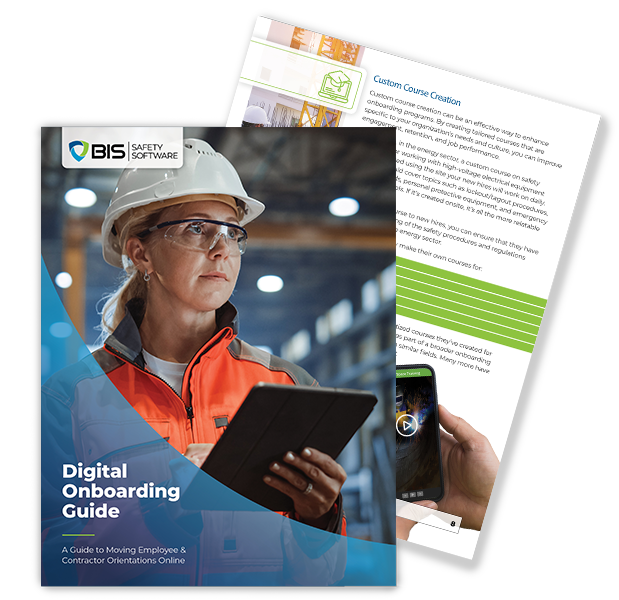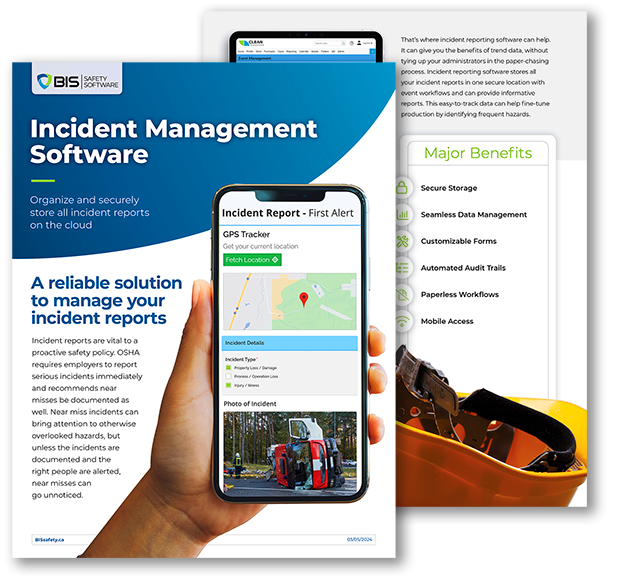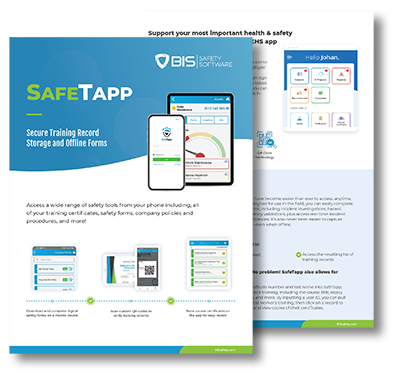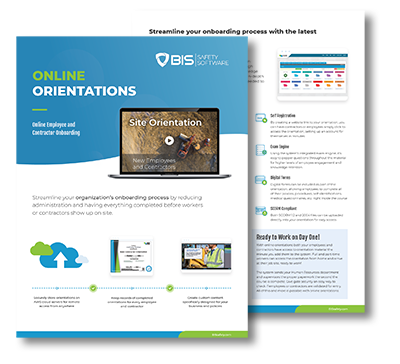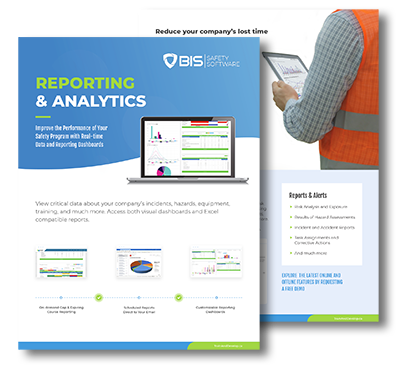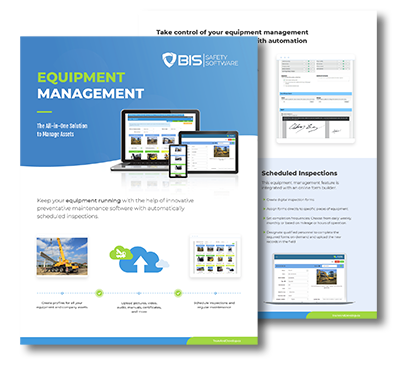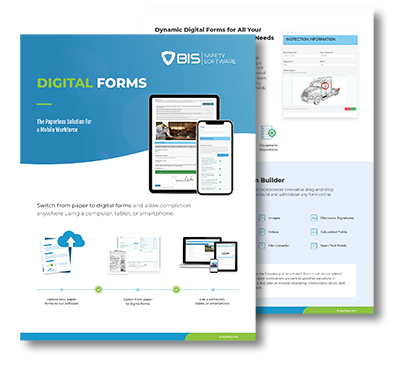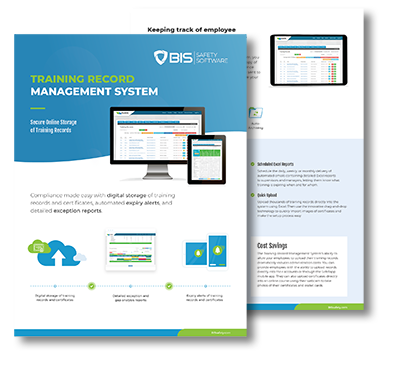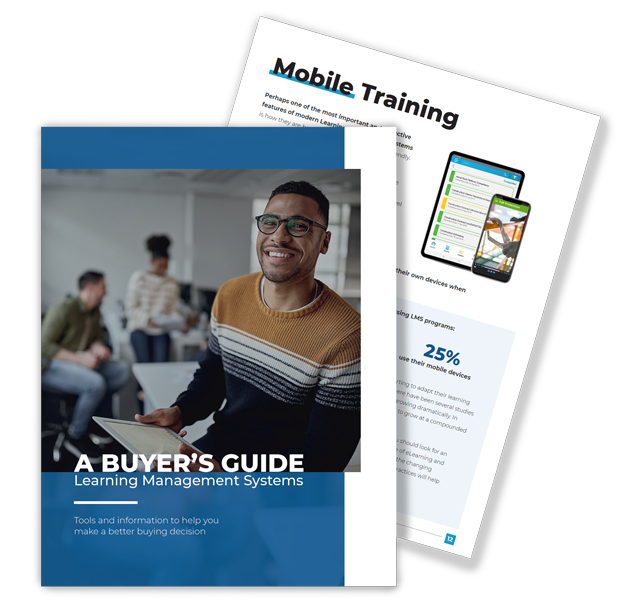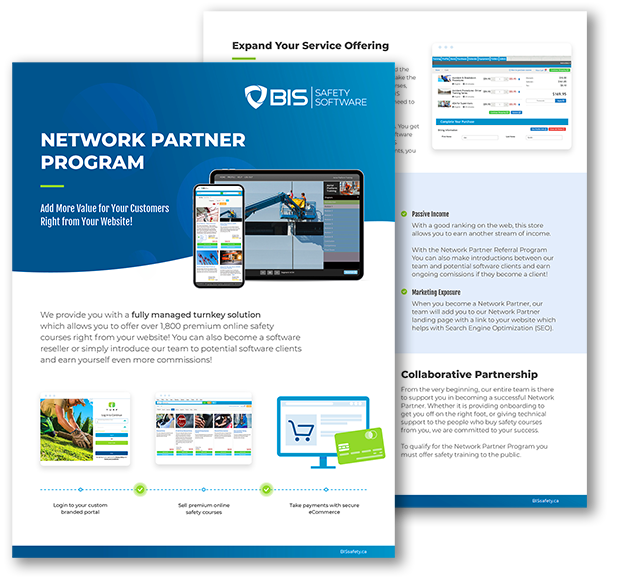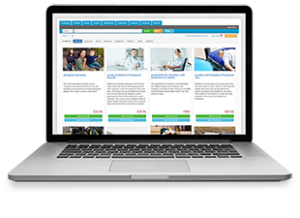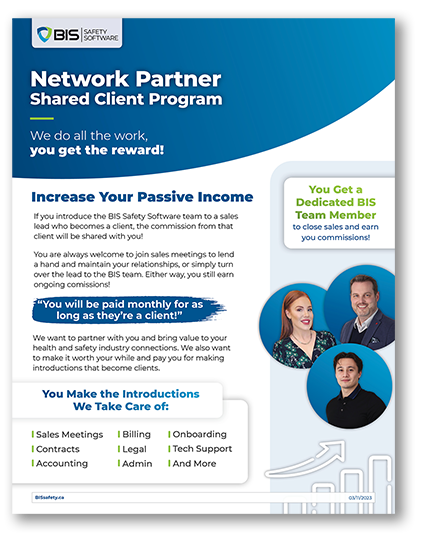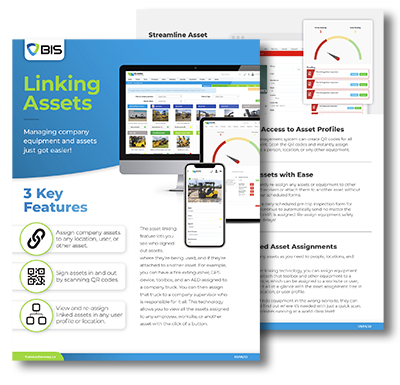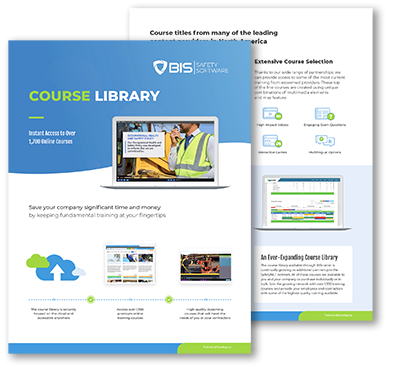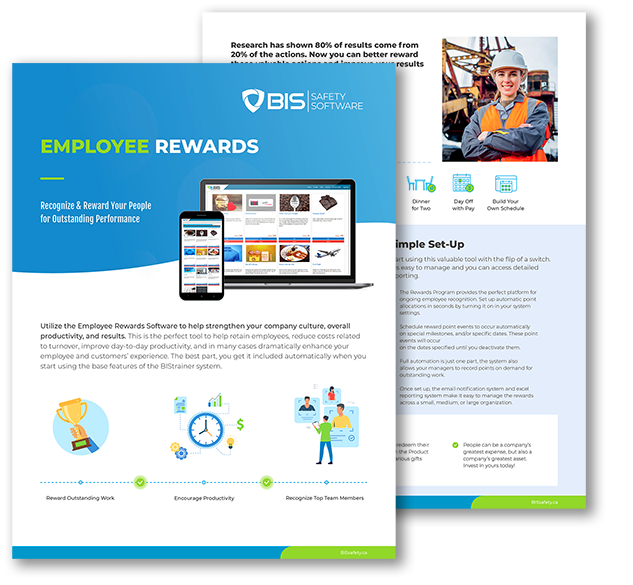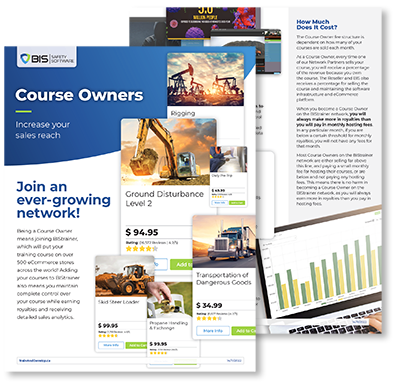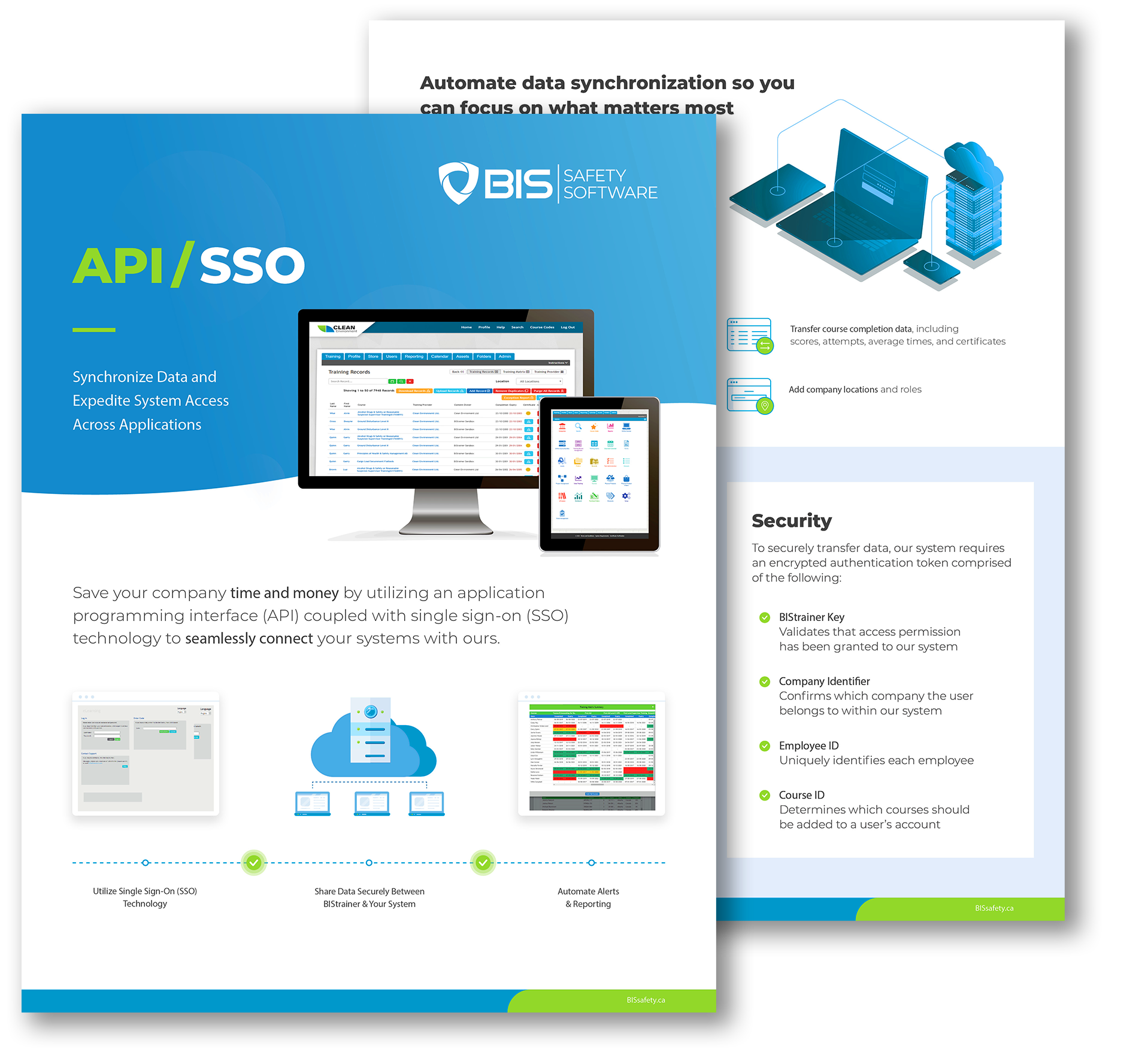Lorem ipsum dolor sit amet, consectetur adipiscing elit. Ut elit tellus, luctus nec ullamcorper mattis, pulvinar dapibus leo.

“Nobody ever intended to hurt themselves.”
Allan Moore’s words don’t leave much room for ambiguity. A safety veteran, speaker, and author, he has spent decades using hard truths to create change. From oil rigs to boardrooms, Moore has built a career not on telling people what to do, but on showing them why it matters. His story proves that leadership is about connection, not authority. This is an industry that’s equal parts risk, reinvention, and resilience.
From the Ground to the Helm
Moore didn’t set out to become a safety expert. In fact, his career began in Taiwan as a Mandarin interpreter. One day, the global HSE manager decided she was done with international flights and made Moore the health and safety lead. “I told her I had no experience,” Moore says. “She said, ‘You’re the only one who knows how to say the safety words in two languages.’”
What started as an improvised appointment became the foundation for Moore’s career. He threw himself into the role, overseeing plants in Taiwan and Shanghai before returning to Canada. Back home, he managed safety plans for major players like Enbridge, Imperial Oil, and Suncor.
—————————————————————————
“I’d spend weeks in the field coaching, auditing, and building safety cultures from the ground up.”
—————————————————————————
Moore climbed the corporate ladder, eventually becoming a regional manager for Western Canada. But the role lacked the hands-on connection he craved. “I missed being out there,” he admits. So, he pivoted back to field-based work and never looked back.
His time abroad shaped how he approached safety in Canada. In Taiwan and Shanghai, he learned that culture plays a significant role in compliance. “You have to adapt,” he explains. “In Taiwan, hierarchy matters. You can’t just tell people to change without respecting their structure.” This adaptability became his trademark—a skill he brought into every boardroom and field office he entered.
Key Takeaways
- Lorem Ipsum is simply dummy text of the printing and typesetting industry. Lorem Ipsum has been the industry's standard dummy text ever since the 1500s, when an unknown printer took a galley of type and scrambled it to make a type specimen book. It has survived not only five centuries, but also
- Lorem Ipsum is simply dummy text of the printing and typesetting industry. Lorem Ipsum has been the industry's standard dummy text ever since the 1500s, when an unknown printer took a galley of type and scrambled it to make a type specimen book. It has survived not only five centuries, but also
- Lorem Ipsum is simply dummy text of the printing and typesetting industry. Lorem Ipsum has been the industry's standard dummy text ever since the 1500s, when an unknown printer took a galley of type and scrambled it to make a type specimen book. It has survived not only five centuries, but also
- Lorem Ipsum is simply dummy text of the printing and typesetting industry. Lorem Ipsum has been the industry's standard dummy text ever since the 1500s, when an unknown printer took a galley of type and scrambled it to make a type specimen book. It has survived not only five centuries, but also
Disrupting Safety Norms
Moore’s passion for safety comes from years of seeing what doesn’t work. As a worker, he remembers how the “safety guy” was often met with disdain. “We hated the safety guy,” Moore recalls. “They were condescending. They came in, wagged their fingers, and left us with a lecture. Nobody wanted to deal with that.” When he moved to safety, Moore knew he had to change. He had to disrupt the finger-wagging stereotype.
When he became a safety professional, Moore vowed to do things differently. “Nobody sets out to get hurt,” he says. “So, I made a promise: no condescension, no blame, just honest conversations.” He leaned on concepts like emotional bank accounts—a principle he learned from Stephen Covey’s The 7 Habits of Highly Effective People. “Years ago, I read Stephen Covey’s The 7 Habits of Highly Effective People, and it stuck with me,” Moore explains. “Covey talks about emotional bank accounts. Make deposits with positive interactions, like praise for a job well done. Then, you will have the trust to make a withdrawal when needed. It’s crucial, especially in cultures like Taiwan where people can lose face easily.”
Moore’s approach emphasizes empathy and connection. “You can’t preach safety from a soapbox,” he says. “You have to walk into the room, listen, and show people you care.” His candid, human-centered communication has made him trusted in the safety industry.
He also brought storytelling into his work. Moore realized early on that stories connect better than statistics. “People don’t remember numbers,” he says. “But they’ll remember the time someone got hurt because a shortcut was taken. Stories stick.”
Breaking Borders in Safety Culture
Moore’s international experience gave him a unique lens on risk. “In Canada, our risk tolerance is low,” Moore says. “In some other countries, it’s very different. I’ve seen welders using cardboard instead of masks. It’s night and day, but our cautious approach here saves lives.”
He’s quick to point out the benefits of Canada’s cautious approach. “Our standards save lives. That’s a fact,” he says. But even here, challenges remain. Mergers and acquisitions, for example, often smash together cultures with conflicting priorities. “It takes time to align those expectations,” Moore says. “But the payoff is worth it.”
Cultural differences taught Moore to adapt. In Taiwan, safety compliance often involved balancing respect for hierarchy with the need to speak up.
Related read: Do you own a business in the insurance industry? Check out how Artificial Intelligence is transforming the insurance industry.
—————————————————————————
“You have to find a way to honor the culture while introducing new standards. People watched what I did more than what I said. If I didn’t wear my PPE, why would they?.”

—————————————————————————
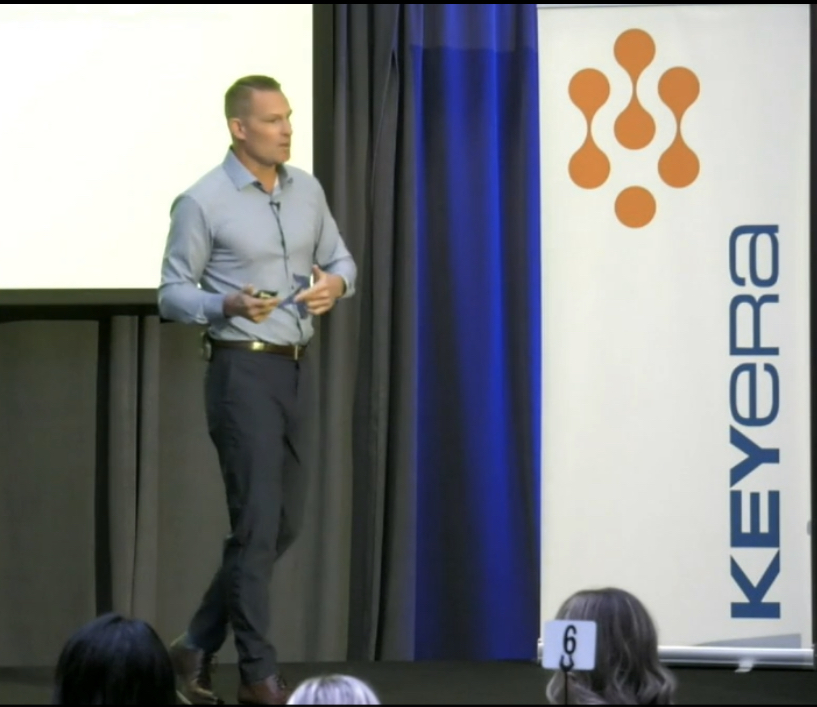
The Power of Reinvention
For Moore, risk isn’t just something to mitigate—it’s something to embrace. His upcoming book, Party Crash Your Life and Career, explores the idea of calculated risk-taking. “I wasn’t invited to the party,” Moore says. “But that didn’t mean I couldn’t show up. Nobody handed me a golden ticket, so I had to crash the gates and prove myself every step of the way.” This mindset isn’t just the cornerstone of his career—it’s his philosophy for leadership in safety. Moore believes that disrupting the status quo often means surprising people. It means showing up where you weren’t expected and proving your worth, not just talking about it.
That mindset shaped his career. From pivoting into safety to trying his hand at stand-up comedy, Moore believes in growth through discomfort. “You don’t grow by playing it safe,” he says. “You grow by showing up, even when it terrifies you.”
Moore sees reinvention as essential for leadership. “Leaders who don’t adapt get left behind,” he says. Whether it’s adopting new technology or changing communication styles, he believes flexibility is key. “You have to meet people where they are, not where you want them to be.”
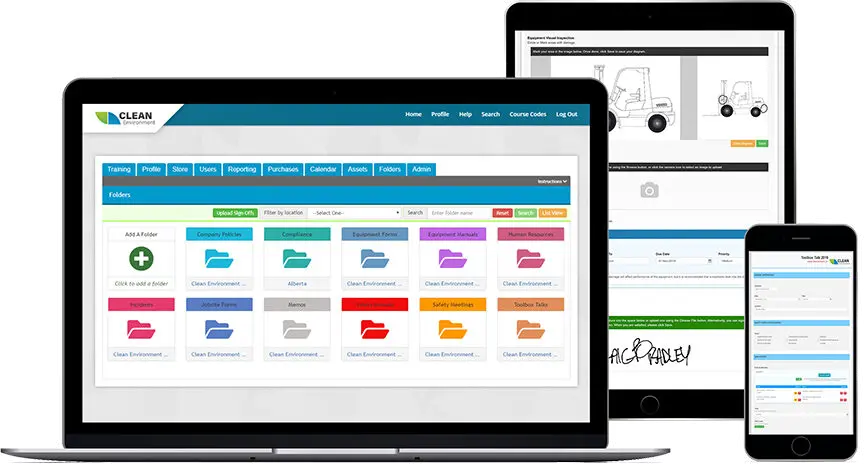
The Future of Safety
Looking ahead, Moore sees promise in emerging technologies like AI and VR. “AI’s already making an impact,” Moore says. “I used Copilot recently to find a regulation, and what used to take half an hour took seconds. But nothing replaces human intuition. We’re adaptable in ways machines just aren’t, and safety will always need a human touch.”
Moore also emphasizes the role of storytelling in the future of safety. “Data tells you what happened. Stories tell you why it matters,” he says. He believes that sharing real-life examples of accidents and near-misses can help companies better connect with safety protocols.
The future of safety also includes prioritizing human relationships. Moore believes the key to long-term success is trust. “When workers trust their supervisors, they’re more likely to report hazards,” he says. “That’s how you stop incidents before they happen.”
Conclusion
Allan Moore’s career is a testament to the power of connection, curiosity, and courage. From his early days as an interpreter to his current role as a thought leader in safety, he’s never stopped reinventing himself. His approach—rooted in empathy and action—has transformed workplaces and saved lives.
And through it all, his message has remained simple: safety isn’t about rules—it’s about people. Whether he’s coaching workers, delivering keynotes, or writing his book, Moore’s mission is clear: make safety relatable, actionable, and, above all, human. In a world where the stakes couldn’t be higher, his work reminds us that the best leaders don’t just talk about safety. They live it.
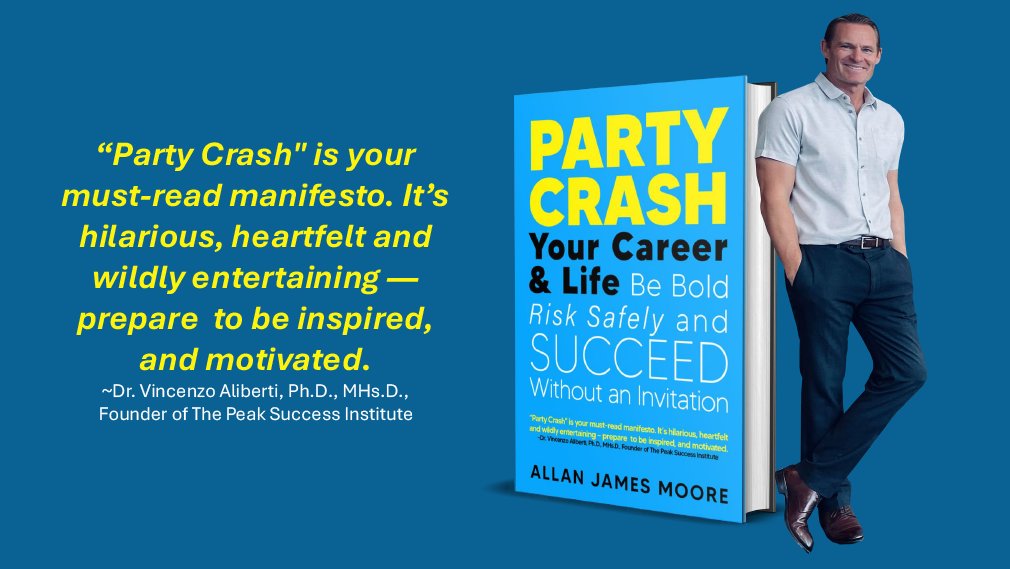
Frequently Asked Questions
Have question in mind? We are here to answer. If you don’t see your question here, drop us a line at our contact page.
Lorem Ipsum is simply dummy text of the printing and typesetting industry?
Lorem ipsum dolor sit amet, consectetur adipiscing elit. Ut elit tellus, luctus nec ullamcorper mattis, pulvinar dapibus leo.
Lorem Ipsum is simply dummy text of the printing and typesetting industry?
Lorem ipsum dolor sit amet, consectetur adipiscing elit. Ut elit tellus, luctus nec ullamcorper mattis, pulvinar dapibus leo.
Lorem Ipsum is simply dummy text of the printing and typesetting industry?
Lorem ipsum dolor sit amet, consectetur adipiscing elit. Ut elit tellus, luctus nec ullamcorper mattis, pulvinar dapibus leo.
Lorem Ipsum is simply dummy text of the printing and typesetting industry?
Lorem ipsum dolor sit amet, consectetur adipiscing elit. Ut elit tellus, luctus nec ullamcorper mattis, pulvinar dapibus leo.
Lorem Ipsum is simply dummy text of the printing and typesetting industry?
Lorem ipsum dolor sit amet, consectetur adipiscing elit. Ut elit tellus, luctus nec ullamcorper mattis, pulvinar dapibus leo.
Related Articles
- All Posts
- 360 Immersive
- Alberta safety courses
- awareness
- biometric sensors
- BIS Safety Software
- chemical
- community safety programs
- Compliance
- Construction advocacy
- Construction education
- Construction industry
- crane
- customized training
- data-driven safety
- digital forms
- driver training
- EHS
- employee safety
- ergonomics
- exoskeletons
- fall protection
- field safety services
- hands-on training
- hazard prevention
- incident data
- incident reporting
- industrial safety
- injury prevention
- Jennifer Lastra
- job site hazards
- Leadership
- lone workers
- mental health at work
- MI Safety
- Northern BC
- NRCA
- occupational health
- occupational safety
- overhead crane courses
- PPE
- pretrip inspection
- Professional development
- psychological safety
- risk management
- Robin Postnikoff
- safety
- safety advice
- safety article
- safety best practices
- safety compliance
- safety culture
- safety innovation
- safety insights
- safety leadership
- safety management
- safety management system
- safety myths
- safety tips
- safety training
- smart helmets
- Total Recordable Injury Formula
- training
- training courses
- training record management
- transportation
- Virtual Reality
- VR Technology
- wearable technology
- WHMIS
- women in leadership
- worker accountability
- workplace best practices
- workplace hazards
- Workplace safety
- workplace wellness

Home Carrie Parashar Jennifer Lastra’s Mission to Save Lives Lorem ipsum dolor sit amet, consectetur adipiscing elit. Ut elit tellus,...
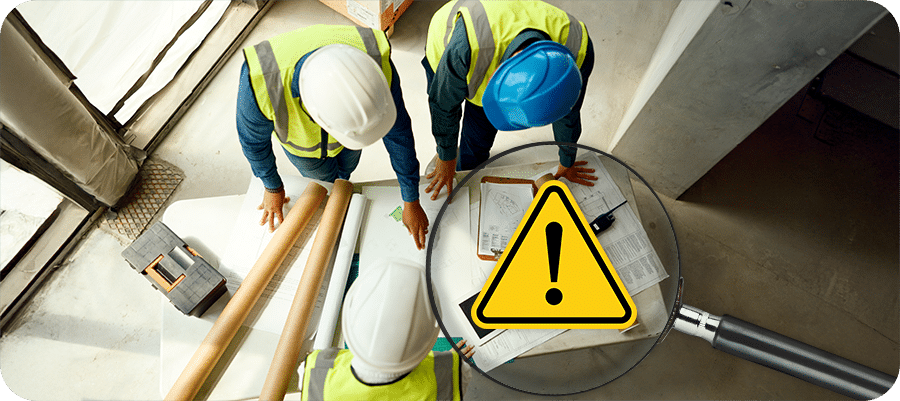
Home Safety Myths That Need to Die Lorem ipsum dolor sit amet, consectetur adipiscing elit. Ut elit tellus, luctus nec...

Home Would You Bet Your Paycheck on Safety? That Need to Die Lorem ipsum dolor sit amet, consectetur adipiscing elit....


